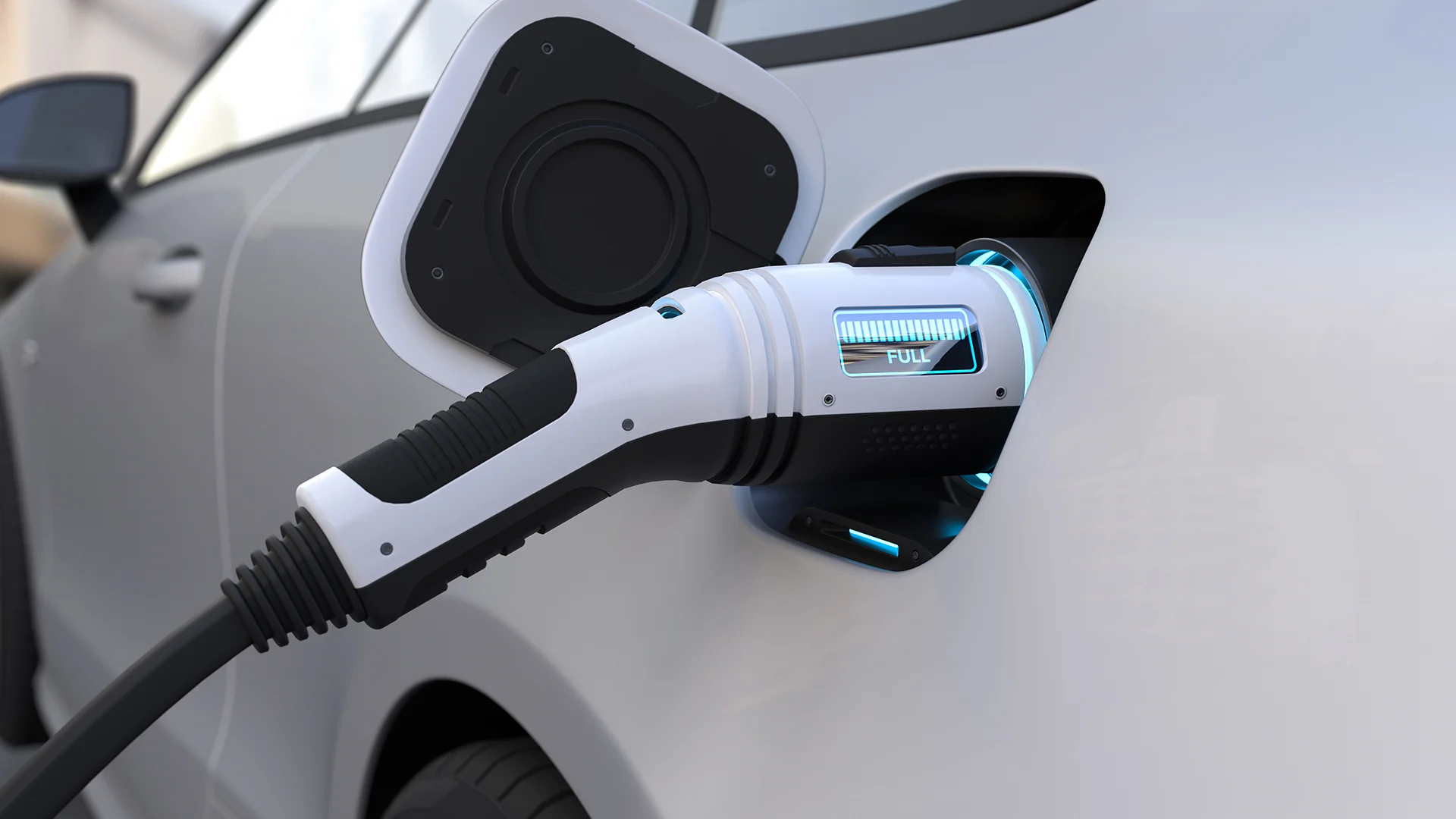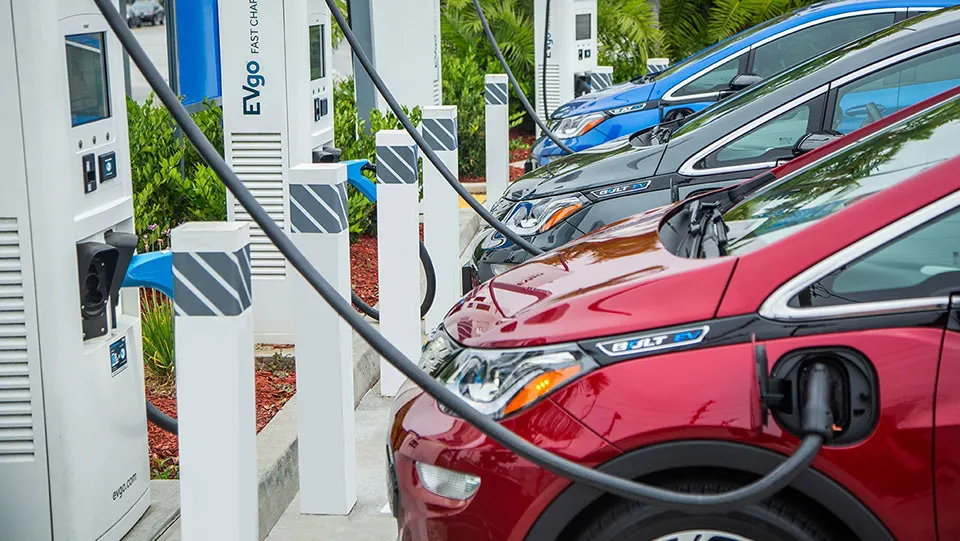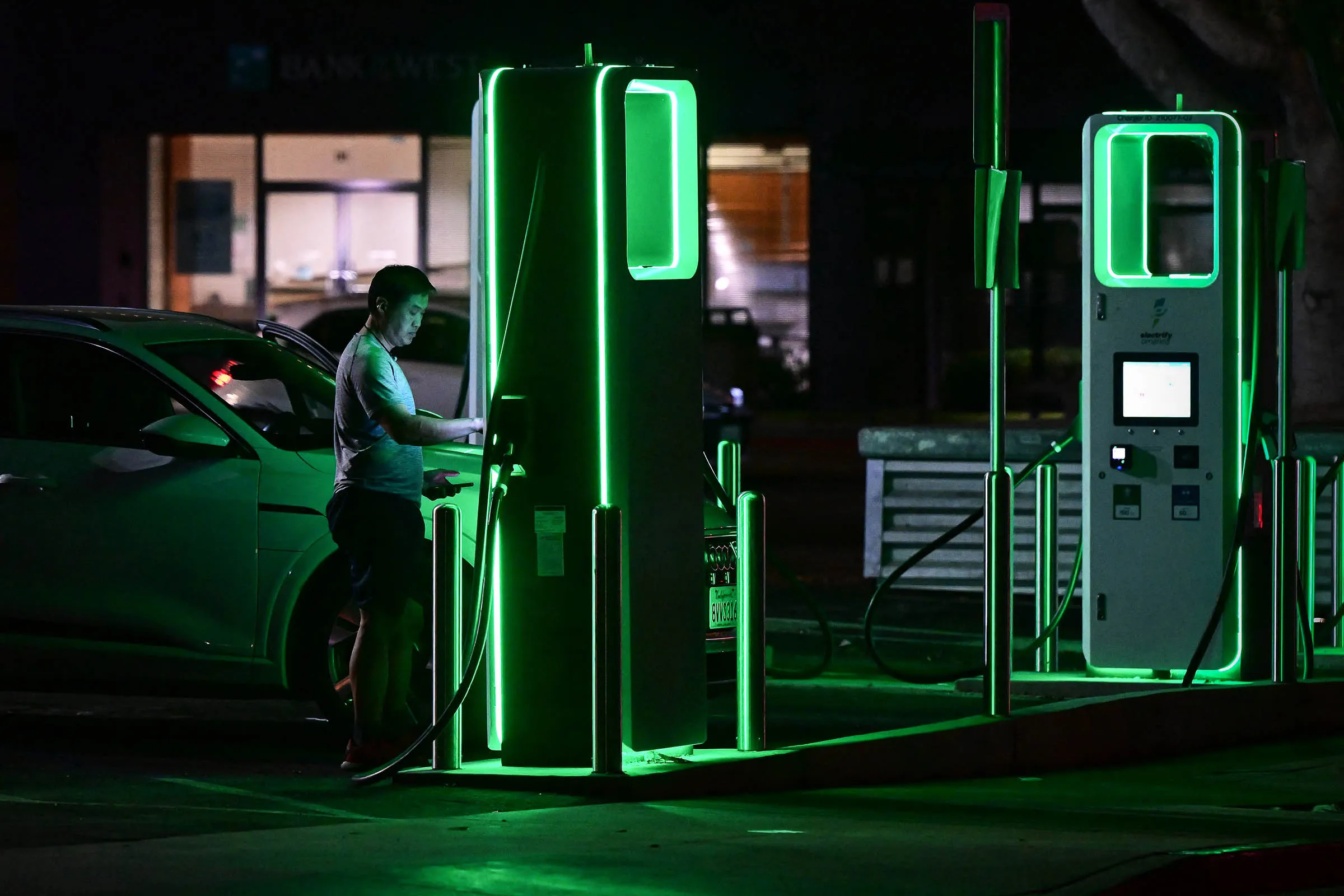Hitting the road in your electric vehicle (EV) is an exciting experience, but understanding how to charge it effectively is crucial. This guide explores the different charging options available in Australia, cost considerations, and practical tips to optimize your EV charging journey.
Contents
Understanding Your Charging Options:

Source: blog.evbox.com
Public Charging Stations:
Australia’s network of public charging stations is continuously expanding, offering both AC and DC fast chargers. AC chargers, typically found in shopping centers and car parks, provide slower charging but are readily available. DC fast chargers, situated along major highways and in dedicated charging stations, offer significantly faster charging speeds, ideal for topping up quickly during long journeys.
Home Charging:
Installing a home charging station provides unparalleled convenience and cost-effectiveness compared to public charging. Level 1 chargers, often included with your EV, plug into a standard power outlet and offer slower charging. Level 2 chargers, requiring professional installation, provide significantly faster charging, significantly reducing charging times.
Workplace Charging:
The growing availability of workplace charging stations offers a convenient option for employees who drive EVs. These stations allow you to charge your car while you work, minimizing the need to rely on public charging infrastructure. Check with your employer to see if they offer workplace charging options.
Charging Costs and Considerations:

Source: forbes.com
Understanding Charging Costs:
The cost of charging your EV depends on several factors, including electricity rates, the type of charging station used (public vs. home), and the charger’s speed. Generally, charging at home is the most cost-effective option, while public fast chargers can be more expensive.
Optimizing Charging Efficiency:
Maximizing charging efficiency can help extend your EV’s range and reduce costs. Consider charging during off-peak hours when electricity rates are typically lower. Additionally, use the appropriate charger for your needs. While fast chargers are convenient for quick top-ups, they’re not always necessary for everyday charging. Efficient charging habits can help alleviate “range anxiety,” the fear of running out of power before reaching a charging station.
Planning for Long Trips:
Planning long-distance trips with an EV requires some additional considerations. Utilize trip planning apps that identify charging stations along your route, ensuring you can recharge conveniently during your journey. Additionally, Australia’s network of fast-charging stations is expanding, making long-distance travel in an EV increasingly feasible (link to relevant internal article if available).
Making the Switch to Electric: Additional Tips:

Source: wired.com
Consider Your Charging Needs:
Tailor your charging strategy to your individual driving habits. If you primarily use your EV for short commutes and have access to home charging, a Level 2 home charger might be sufficient. However, if you frequently take long trips, access to public charging stations or a workplace charger becomes more important.
Research EV Incentives and Rebates:
The Australian government offers various incentives and rebates to promote EV adoption. These include rebates for purchasing EVs and installing home charging stations. Explore available resources and programs to see if you qualify for any applicable incentives.
Embrace the EV Lifestyle:
Driving an EV not only benefits the environment by reducing emissions, but also connects you to a growing community of like-minded individuals. Consider joining online forums or connecting with other EV owners to share experiences, tips, and recommendations.
Conclusion:
With a diverse range of charging options available and the growing network of charging infrastructure, charging your EV in Australia is becoming increasingly convenient and accessible. By understanding your options, planning effectively, and embracing the EV lifestyle, you can enjoy the many benefits of electric driving.
